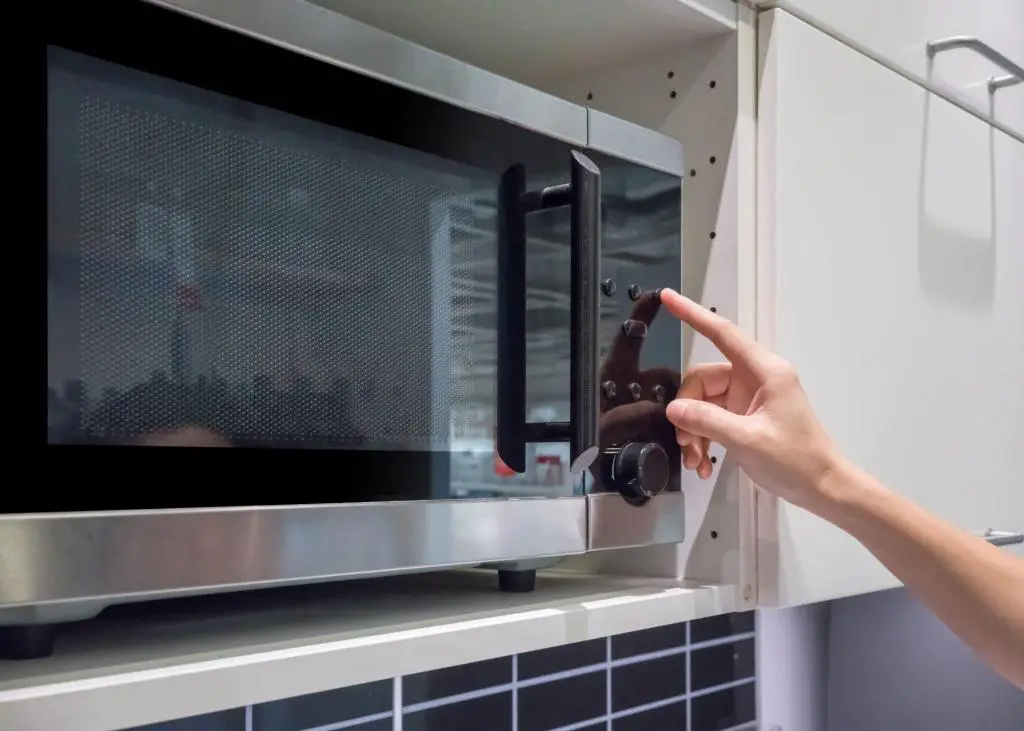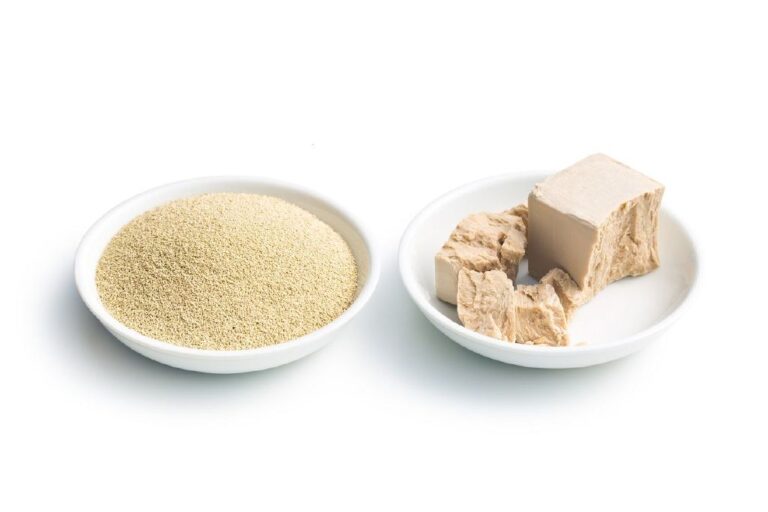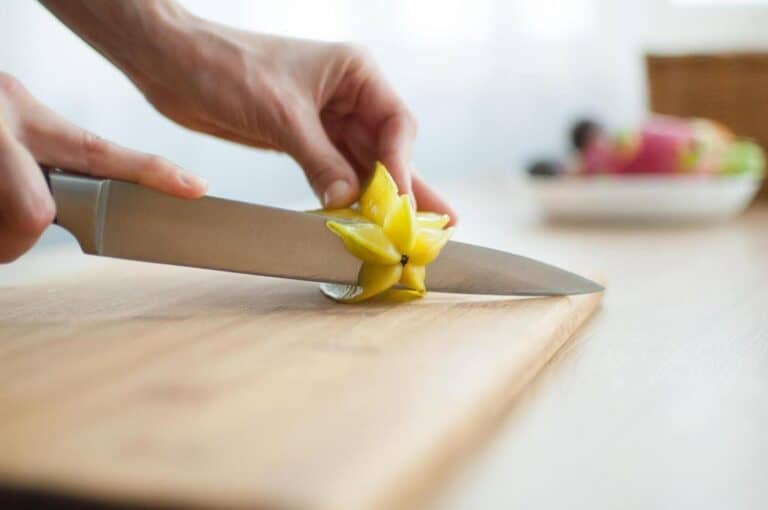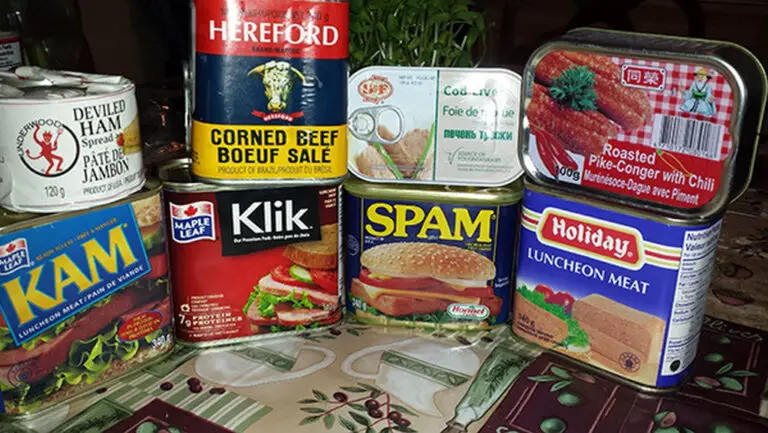Can You Microwave Frozen Cookie Dough? Is It Safe or Risky?

Picture this: it’s a lazy Sunday afternoon, and you’re craving a freshly baked cookie, but all you have in the freezer is some frozen cookie dough. You want to satisfy your sweet tooth, but the thought of waiting for the dough to thaw and bake in the oven seems like an eternity. So, you start to wonder, can you microwave frozen cookie dough? Is it safe? Will it taste as good as a traditionally baked cookie?
In today’s fast-paced world, we want everything instantly, and sometimes that means taking shortcuts in the kitchen. But when it comes to microwaving frozen cookie dough, there are a few things to consider before diving in.
In this article, we will explore the pros and cons of microwaving frozen cookie dough and provide you with some tips to ensure that your cookie experience is safe and satisfying. So, put on your apron, preheat your microwave, and let’s get started!
Microwave Cooking Basics
Microwaving food is a popular and convenient method of cooking. It uses electromagnetic radiation to heat the food, which makes it quick and easy. However, microwaving food doesn’t always produce the same results as traditional cooking methods. This is because microwaving heats the food unevenly, which can cause some parts to be overcooked while others remain undercooked.
Can You Microwave Frozen Cookie Dough?
Microwaving frozen cookie dough is a common question many people ask when they are in a hurry and want to have their favorite treats. While it is technically possible to microwave frozen cookie dough, it is not always the best option. There are several factors to consider when deciding whether to microwave frozen cookie dough or not.
The first thing to consider is the type of cookie dough you have. Some cookie dough varieties are more suited to microwaving than others. For example, cookie dough that is made with a higher fat content may melt unevenly and cause the cookie to flatten out. On the other hand, cookie dough that is denser may not cook evenly in the microwave, leaving you with a gooey center and a burnt outer layer.
Another factor to consider is the size and shape of the frozen cookie dough. The larger the dough, the harder it is to microwave it evenly. Additionally, irregularly shaped cookie dough may cook unevenly, which can lead to an unsatisfactory cookie.
When microwaving frozen cookie dough, you need to follow the instructions carefully. You need to make sure that you don’t overcook the cookie dough, as it can become dry and crumbly. It is also important to watch the cookie dough carefully as it cooks. Microwaves vary in power, and the cooking time may differ from one machine to another. So it’s best to start with a short cooking time and check the dough regularly.
The Problem with Microwaving Frozen Cookie Dough
Microwaving is a popular and convenient cooking method for many people, but it’s not suitable for all types of food. Frozen cookie dough is not designed to be microwaved.
When it comes to frozen cookie dough, microwaving can lead to some problems. The main issue with microwaving frozen cookie dough is that it’s not designed for this type of cooking. The dough’s composition and texture can make it difficult to cook evenly in a microwave, resulting in an unpleasant cookie.
One of the primary problems with microwaving frozen cookie dough is that it can melt unevenly. When you microwave frozen cookie dough, the heat is not evenly distributed throughout the dough.
This can cause some parts of the dough to melt more quickly than others, resulting in an unevenly cooked cookie. The cookie may be gooey in some areas and hard and overcooked in others, which is not an enjoyable experience.
Another problem with microwaving frozen cookie dough is that it can dry out quickly. Microwaves heat food quickly, and this rapid heating can cause moisture to evaporate from the cookie dough. As a result, the dough can become dry and tough, making it difficult to chew and enjoy.
A further drawback of microwaving frozen cookie dough is that it can cause the dough to dry out quickly. This can result in a cookie that is tough and hard to chew.
Furthermore, microwaving frozen cookie dough can also alter its texture. The dough can become sticky, and the cookie may not hold its shape. This can make it challenging to transfer the cookie dough from the microwave to the baking sheet without it losing its shape.
Moreover, microwaving the frozen dough can cause it to become overly soft and difficult to work with, making it harder to create a well-formed cookie.
Is It Safe to Microwave Frozen Cookie Dough?
Yes, it is safe to microwave frozen cookie dough. Cookie dough is made of flour, sugar, butter, and eggs, which are all safe to eat raw. Microwaving cookie dough can help cook the eggs in it, which makes it safer to eat. Microwaving also helps to melt the butter in the dough, which can make the cookies more delicious.
However, it is important to use only recipes that have been tested and are known to be safe. Store-bought cookie dough is safe to eat because it has been heat-treated to kill any harmful bacteria.
When microwaving cookie dough, it is important to pay close attention to the food as it will quickly overcook. Always allow the cookie to cool before eating, as the inside will be very hot.
Microwaving times may vary depending on the microwave, so it is best to keep an eye on the cookie while it is cooking to avoid overcooking or burning it. It is also important to use a microwave-safe container when cooking the dough. Glass or ceramic is best, and metal should not be used as it can cause sparks and damage the microwave.
The Risks of Microwave Frozen Cookie Dough
Microwaving frozen cookie dough may seem like a quick and convenient solution to get freshly baked cookies, but it also comes with potential risks that can compromise the quality and safety of the dough.
Microwaving frozen cookie dough can lead to uneven cooking, overcooking, or even partial cooking, which can result in dough that is still frozen in some areas, and burnt or dried out in others.
Microwaving frozen cookie dough also poses potential health risks, as microwaving does not always kill harmful bacteria or viruses that may be present in the dough. Bacteria can quickly multiply at room temperature, which means that even a small amount of partially cooked dough can harbor enough bacteria to cause food poisoning. Microwaving also increases the moisture content of the dough, creating a perfect breeding ground for bacteria if it’s not fully cooked.
To avoid these risks, it’s recommended to follow the manufacturer’s instructions for thawing and baking frozen cookie dough. Thawing in the refrigerator is the safest method, as it allows the dough to thaw evenly and reduces the risk of bacterial growth. If you’re in a hurry, you can use the defrosted frozen dough by using the setting on your microwave, but be sure to monitor the dough closely and avoid overcooking or partially cooking it.
When baking frozen cookie dough, it’s important to preheat the oven to the recommended temperature, and to bake the cookies for the recommended time. This ensures that the cookies are fully cooked and safe to eat. It’s also important to handle the dough properly and to wash your hands and cooking surfaces thoroughly to prevent the spread of harmful bacteria.
Best Practices for Thawing Frozen Cookie Dough
When it comes to baking cookies, using frozen dough can be a real time saver. But in order to achieve the best results, it’s important to properly thaw the dough before baking. The best practices for thawing frozen cookie dough can make all the difference in the final product, from texture to taste.
Here are the best practices for thawing frozen cookie dough, summarized in a list:
- Thaw the dough in the refrigerator to ensure safety and even thawing.
- Follow the manufacturer’s recommendations for thawing, as different types of dough may require different methods.
- Allow enough time for the dough to thaw fully, which typically takes several hours or overnight in the refrigerator.
- Monitor the dough closely if using the defrost setting on a microwave to ensure it doesn’t start to cook or become too soft.
- Handle the dough properly once it’s fully thawed, keeping it at a safe temperature and avoiding re-freezing.
- If not using the dough right away, portion it out and store it in an airtight container in the refrigerator for up to a few days.
- If planning to bake the cookies immediately, let the dough come to room temperature before shaping and baking.
Alternatives to Microwaving Frozen Cookie Dough
There are a few alternative methods for cooking frozen cookie dough that are more effective than microwaving.
1. Baking in the Oven
The most common and effective method of cooking frozen cookie dough is baking it in the oven. To do this, simply preheat your oven to the recommended temperature on the package of your frozen cookie dough. Then, place the frozen cookie douonnto a baking sheet and bake according to the instructions on the package.
Baking frozen cookie dough in the oven ensures that it is cooked evenly and thoroughly, resulting in a delicious cookie.
2. Thawing Before Baking
Another alternative to microwaving frozen cookie dough is to thaw it before baking. To do this, simply take the frozen cookie dough out of the freezer and let it sit at room temperature until it is soft enough to work with. Once it has thawed, follow the baking instructions on the package.
Thawing the cookie dough before baking ensures that it is not overcooked or undercooked, resulting in a perfectly baked cookie.
3. Using a Toaster Oven
A toaster oven is a small, countertop appliance that is designed for baking small items like frozen cookie dough. To use a toaster oven to cook frozen cookie dough, simply preheat the oven to the recommended temperature on the package, place the cookie dough onto a baking sheet, and bake according to the instructions on the package.
Using a toaster oven ensures that the cookie dough is cooked evenly and thoroughly, while also being a quick and convenient method of cooking.
Conclusion
In conclusion, while microwaving frozen cookie dough might seem like a quick and convenient way to enjoy cookies, it is not an effective method of cooking. The dough will often melt unevenly, cook poorly, and dry out quickly. Instead, try baking the frozen cookie dough in the oven, thawing it before baking, or using a toaster oven for quick and easy baking. This will ensure that your cookies turn out delicious and enjoyable.






